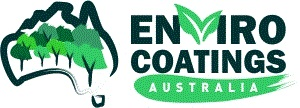Learn Your Way Around The Earth Tone Color Wheel
We are all familiar with the traditional Rainbow Color Wheel with Red, Yellow and Blue as the primaries and the center filled in with black. In reality, however, if you were to mix ROYGBIV together, you would not get black – you would get a big muddy brown mess. That’s because when you mix complementary colors together, you are “canceling” out the original color to create a muddy, more neutral shade of the two colors. I teach my students how the Rosco earth tones originate from clay earth pigments, such as umber, ochre and sienna, and that they’re the “pretty versions” of those muddy mixes.
Because this is often a new concept/ addition to my student’s color vocabulary, I made a chart on muslin that compares the Rosco Supersaturated earth tones to the Off Broadway earth tones – each mixed with water and mixed with white – to better see how the colors work. This chart, just like the traditional color wheel, shows how some of the earth tone colors are warmer while some are cooler, and really helps when deciding what color to start an off-white mix with.
Pro Tip – Let It Down: Because Rosco’s Scenic Paints are so rich in pigment, they are often thicker than normal house paint and often do not disperse as well when mixing. This is especially true when it comes to their Supersaturated paint concentrate, which is designed to be let down with water. I rarely use Off Broadway or Iddings straight out of the can when mixing either. I prefer to dilute the paint at least 1:1 with water. This makes the paint more fluid and mix faster. I also find I have more control over how it mixes and I’m able to avoid that dreaded “oops moment” when I realize I’ve added too much color and I now need to add a gallon of white into the mix to lighten it up again.
- Louise Decelis

